
SakenowaRecord your sake experiences and discover your favorites
南部美人Nanbubijin
Flavor Chart®
A chart created from flavor analysis of user comments.

Flavor Tags ®
Tags generated from flavor analysis of user comments.
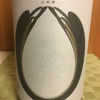
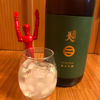
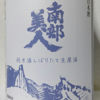
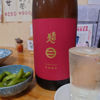
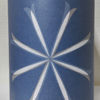
Popular Comments
Yamada Nishiki with 50% polishing ratio.
It has a fruity aroma.
Clean, clean and sweet.
It is easy to match with meals.
The label with the image of rice for sake is also good.
Japanese>English
At home.
This is the third sake we were served at the sake tasting party.
My first Nanbu Bijin. How can a sake from Iwate be called Nanbu?
According to Wikipedia, it's because the location of the brewery was part of the Nanbu domain (Nanbu region) in the Edo period.
My impression is that the alcohol is not strong, but the aroma is a bit characteristic. It's not fruity or grainy... I regret my lack of tasting ability and vocabulary.
On the palate, the sweetness spreads, and the mouthfeel is smooth and the throat feels clear or light.
It is a historical sake and I thought it would be heavier, but it was very easy to drink.
Japanese>English
(^^^)🍶🍶🍶🍶´-
Today is the first time? I opened a bottle of Nanbu Bijin which might be my first time 😊.
The aroma is fresh ginjo 😘The flavor on the palate is juicy with the vigor that is typical of the original sake 😚The aftertaste is moderate bitterness and acidity🥰The sharpness is also good 😆👍✨I think it is the perfect sake for a mealtime drink 😊.
Japanese>English
Brands from Nanbubijin
Nanbubijin結の香
Similar Brands
We analyze the flavors based on everyone's comments and select similar brands.
DewazakuraSimilar Characteristics
UgonotsukiSimilar Characteristics
Location
Kamimachi-13 Fukuoka, Ninohe, IwateOpen in Google Maps
Related Articles
南部美人 純米大吟醸(株式会社南部美人/岩手県二戸市) | 日本酒専門WEBメディア「SAKETIMES」
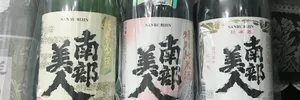 「美しい美酒を醸したい」から生れた「南部美人」 もともとは醤油蔵でしたが、その技術を生かし、明治35年(190SAKETIMES | 日本酒をもっと知りたくなるWEBメディア
「美しい美酒を醸したい」から生れた「南部美人」 もともとは醤油蔵でしたが、その技術を生かし、明治35年(190SAKETIMES | 日本酒をもっと知りたくなるWEBメディア人気酒蔵セミナー「世界に挑戦する!南部美人」が「キャプラン・ワインアカデミー東京青山教室」にて6/23(土)に開催 | 日本酒専門WEBメディア「SAKETIMES」
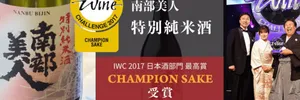 「キャプラン・ワインアカデミー東京青山教室」にて人気酒蔵セミナー「世界に挑戦する!南部美人」が6月23日(土)SAKETIMES | 日本酒をもっと知りたくなるWEBメディア
「キャプラン・ワインアカデミー東京青山教室」にて人気酒蔵セミナー「世界に挑戦する!南部美人」が6月23日(土)SAKETIMES | 日本酒をもっと知りたくなるWEBメディア岩手県・南部美人が、しぼりたての生原酒を瞬間冷凍しそのままお届けする新商品「南部美人フローズンビューティー(仮)」を発表! | 日本酒専門WEBメディア「SAKETIMES」
 株式会社南部美人(岩手県二戸市)は、世界で初めて日本酒に瞬間冷凍の技術(スーパーフローズン)を使用し、しぼりたSAKETIMES | 日本酒をもっと知りたくなるWEBメディア
株式会社南部美人(岩手県二戸市)は、世界で初めて日本酒に瞬間冷凍の技術(スーパーフローズン)を使用し、しぼりたSAKETIMES | 日本酒をもっと知りたくなるWEBメディアTimeline

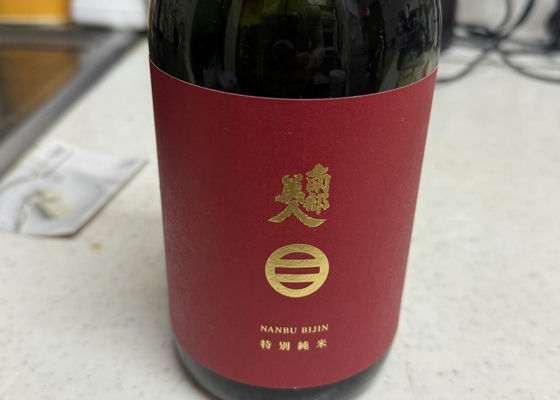
KZnon
Today's second drink.
Japanese>English



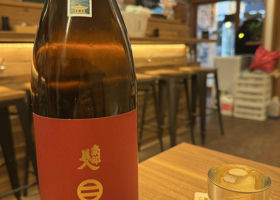
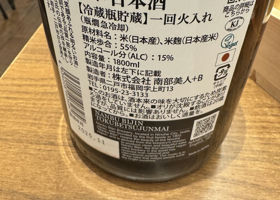
3GAwKwm5YK
No schwarziness
Fluffy fresh fruity aroma
Fruity aroma with a slight alcohol tang.
Sweet and juicy, with a hint of rice aroma in the mouth.
The mild feeling lingers loosely in the aftertaste.
Easy to drink
Japanese>English
Nanbubijin純米 シンなんぶびじん 14号酵母
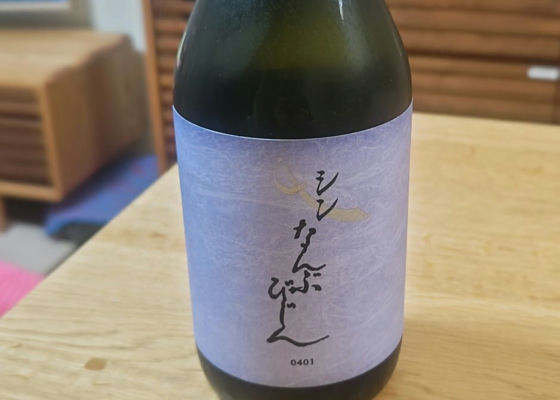
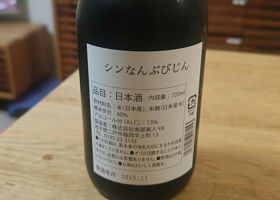
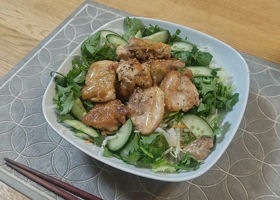
うっち〜の超〜りっぱ
#Funabori#.
A gem made with No. 14 yeast.
It has a petit flavor,
Gentle sake with low alcohol content and aroma 😳
You will drink too much 😅
Japanese>English
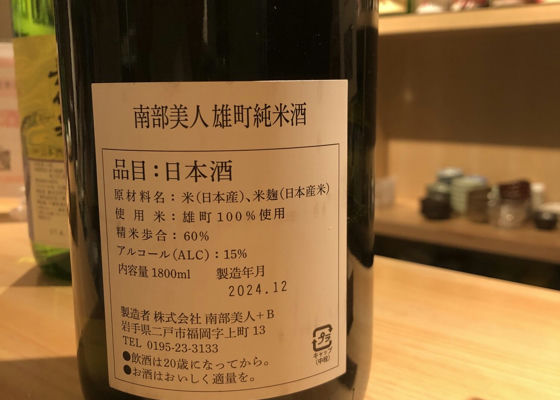
しおちゃん
Sake and small bowls Hayashi
Japanese>English

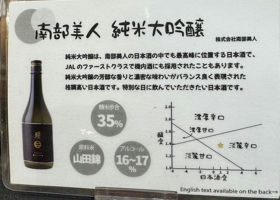
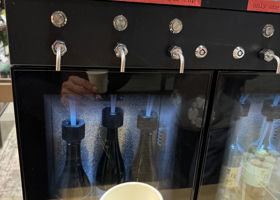
Daisuke
Unexpected tasting at the Abe Kogen Resort. I don't think I like it much.
Japanese>English
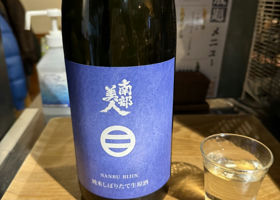
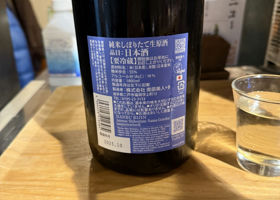
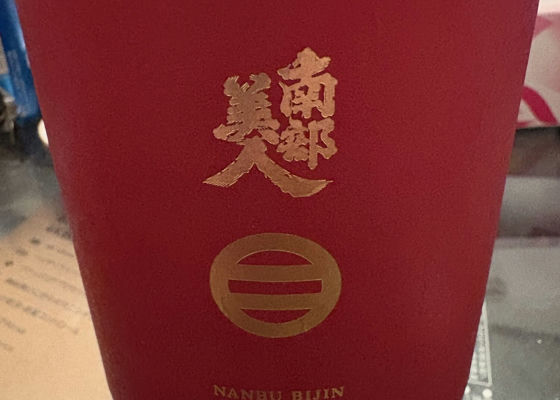
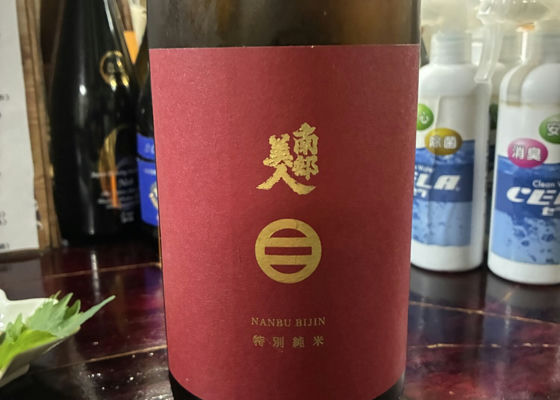
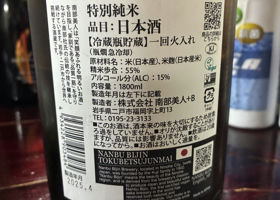
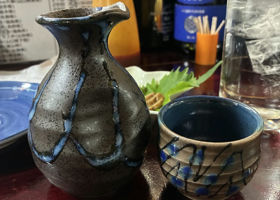
miuta_takashi
Hot sake is good!
When I used to get a bottle of it, I used to drink it all cold.
Japanese>English
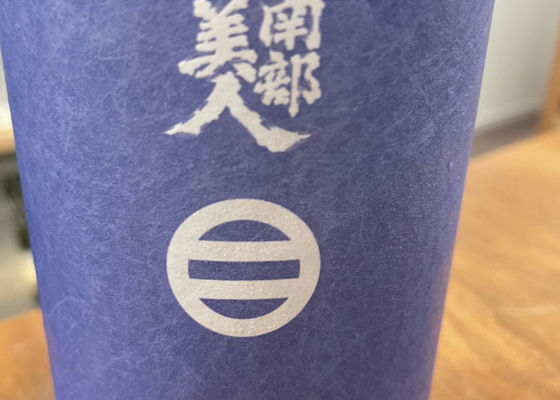
Nanbubijinシンなんぶびじん


さくまる
20251213
I have been curious about this sake for a long time.
I imagined it to be delicious, but it was too delicious.
It is a top 3 level of sweet and tasty!
Thank you so much for your kindness.
Japanese>English
Nanbubijin純米しぼりたての火入原酒
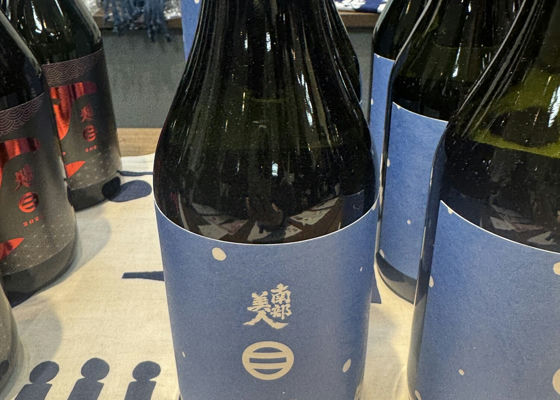
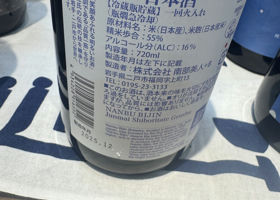
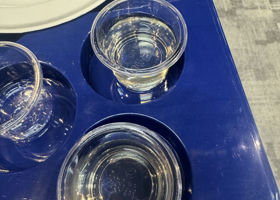
3GAwKwm5YK
Serve at room temperature and warmed sake
The color of the liquid is yellowish, but for some reason, it is darker at room temperature.
Normal temperature
It has a loose rice sweetness, and the taste has a strong rice sweetness, but it's easy to drink.
Heated sake
The sweetness has a weight to it that makes it very drinkable.
Warmed sake is also delicious.
Japanese>English